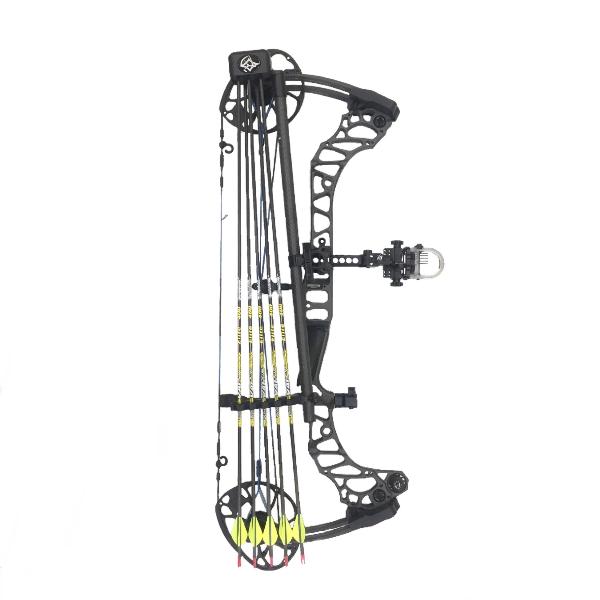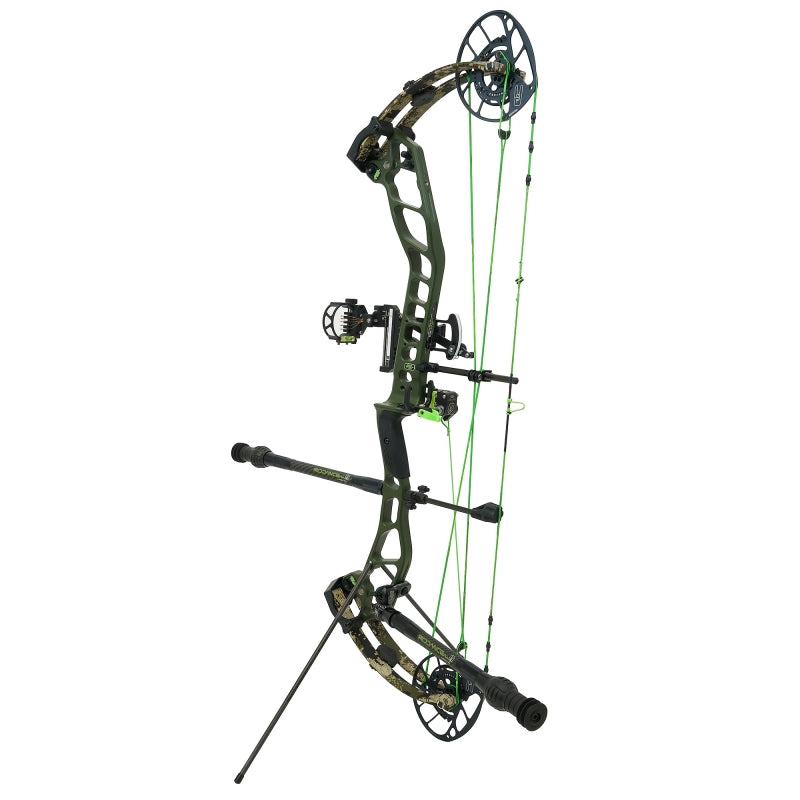Optimizing Your Archery Efficiency With the Right Substance Bow Stabilizer: an Extensive Summary
One important yet often-overlooked component in improving accuracy is the substance bow stabilizer. By recognizing the subtleties of picking and optimizing a substance bow stabilizer, archers can fine-tune their devices to boost their shooting experience to brand-new degrees of efficiency and control.
Importance of Bow Stabilizers in Archery

Additionally, bow stabilizers aid in balancing the weight circulation of the bow, which can improve the archer's security while firing and aiming. By including weight to the front of the bow, stabilizers can decrease the quantity of torque experienced upon launch, leading to a smoother and more regulated shot - compound bow stabilizer. This weight circulation also aids in holding the bow constant for a longer period, enabling the archer to aim extra accurately
Types of Substance Bow Stabilizers
When considering the different types of substance bow stabilizers offered, it is necessary to recognize their distinct attributes and features to identify the most ideal option for making best use of archery performance. The most typical types of compound bow stabilizers include sidebar stabilizers, front stabilizers, and back stabilizers. Back stabilizers, also called rear stabilizers, are installed to the back of the bow and aid in counteracting the weight of various other devices, resulting in enhanced security and steady aiming.
Factors to Take Into Consideration When Selecting
In reviewing compound bow stabilizers, recognizing the unique attributes and functions of each kind is crucial for making a notified choice on the most appropriate option to improve archery performance. When selecting a stabilizer, one must consider the weight of the stabilizer itself. While a much heavier stabilizer can provide even more stability by minimizing the bow's movement, it may additionally cause tiredness throughout long shooting sessions. Balance is an additional crucial variable to contemplate. The stabilizer's length and style significantly affect the bow's equilibrium, influencing the shooter's ability to hold consistent purpose. In addition, the material of the stabilizer can affect its performance. Carbon fiber stabilizers are light-weight and soak up vibrations well, enhancing accuracy. Additionally, the number and adjustability of dampeners on the stabilizer can adjust its efficiency by reducing noise and shock upon release. By meticulously reviewing these factors, archers can choose a compound bow stabilizer that straightens with their shooting style and optimizes their general performance on the archery range.
Installation and Change Tips
For optimum performance and accuracy in archery, mastering the installation and modification of your bow stabilizer is important. Proper setup begins with affixing the stabilizer to the bow's riser, guaranteeing it is firmly safeguarded.
When changing the stabilizer, start with tiny incremental adjustments rather than drastic modifications. This allows you to analyze the impact of each alteration precisely. Focus on just how the bow reacts to adjustments in stabilizer setups and make modifications as necessary. Keep in mind that the objective click to read is to discover an arrangement that decreases hand torque, decreases vibration, and see boosts accuracy. Consistently check the stabilizer's tightness and general problem to guarantee it remains to work efficiently. By understanding the installation and adjustment process, you can optimize your archery efficiency and boost your shooting experience.
Maintenance and Care Guidelines

It is also essential to save your bow with the stabilizer in a safe and safe area when not in usage. Complying with these maintenance and treatment guidelines will certainly assist you obtain the most out of your bow stabilizer and improve your total archery efficiency.
Conclusion
In verdict, selecting the best substance bow stabilizer is important for maximizing archery efficiency. Understanding the relevance, types, factors to think about, installment and change suggestions, along with maintenance and treatment guidelines can substantially impact one's precision and uniformity in shooting. By choosing a stabilizer that matches individual requirements and choices, archers can enhance their general efficiency and attain better results on the array or in competition.
Bow stabilizers play a critical role in improving an archer's precision and consistency by minimizing resonances and stabilizing the bow throughout the release of an arrow - compound bow stabilizer.Furthermore, bow stabilizers aid in stabilizing the weight distribution of the bow, which can improve the archer's stability while intending and firing. The most common types of substance bow stabilizers consist of sidebar stabilizers, click for info front stabilizers, and back stabilizers. Back stabilizers, also called rear stabilizers, are installed to the back of the bow and help in counteracting the weight of various other devices, resulting in boosted stability and stable aiming. When selecting a stabilizer, one need to take into consideration the weight of the stabilizer itself
Comments on “Fine-Tune Your Aim: The Science Behind Compound Bow Stabilizers”